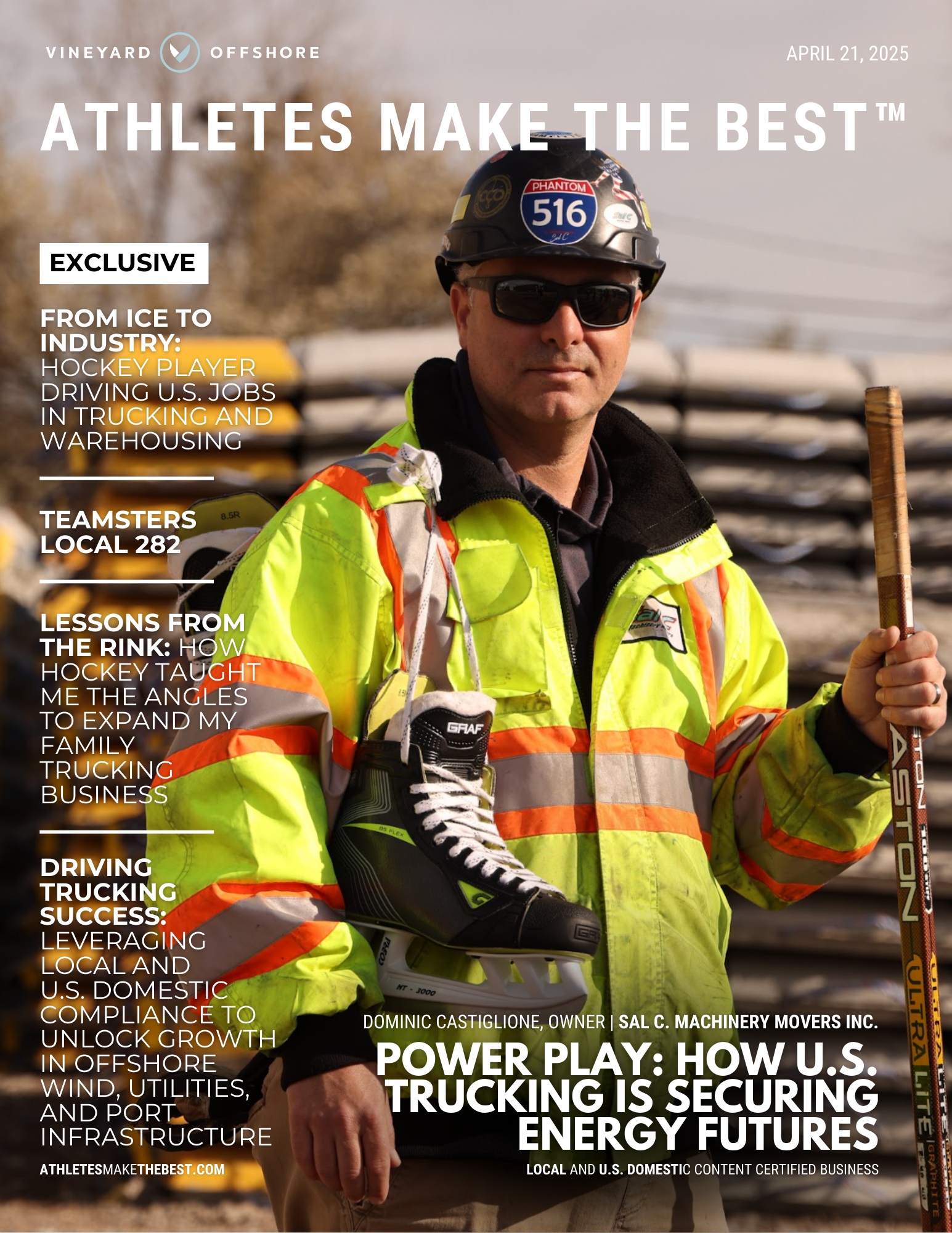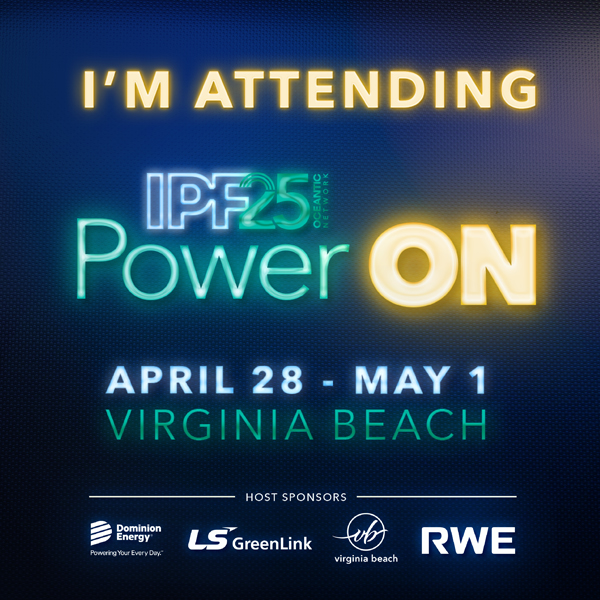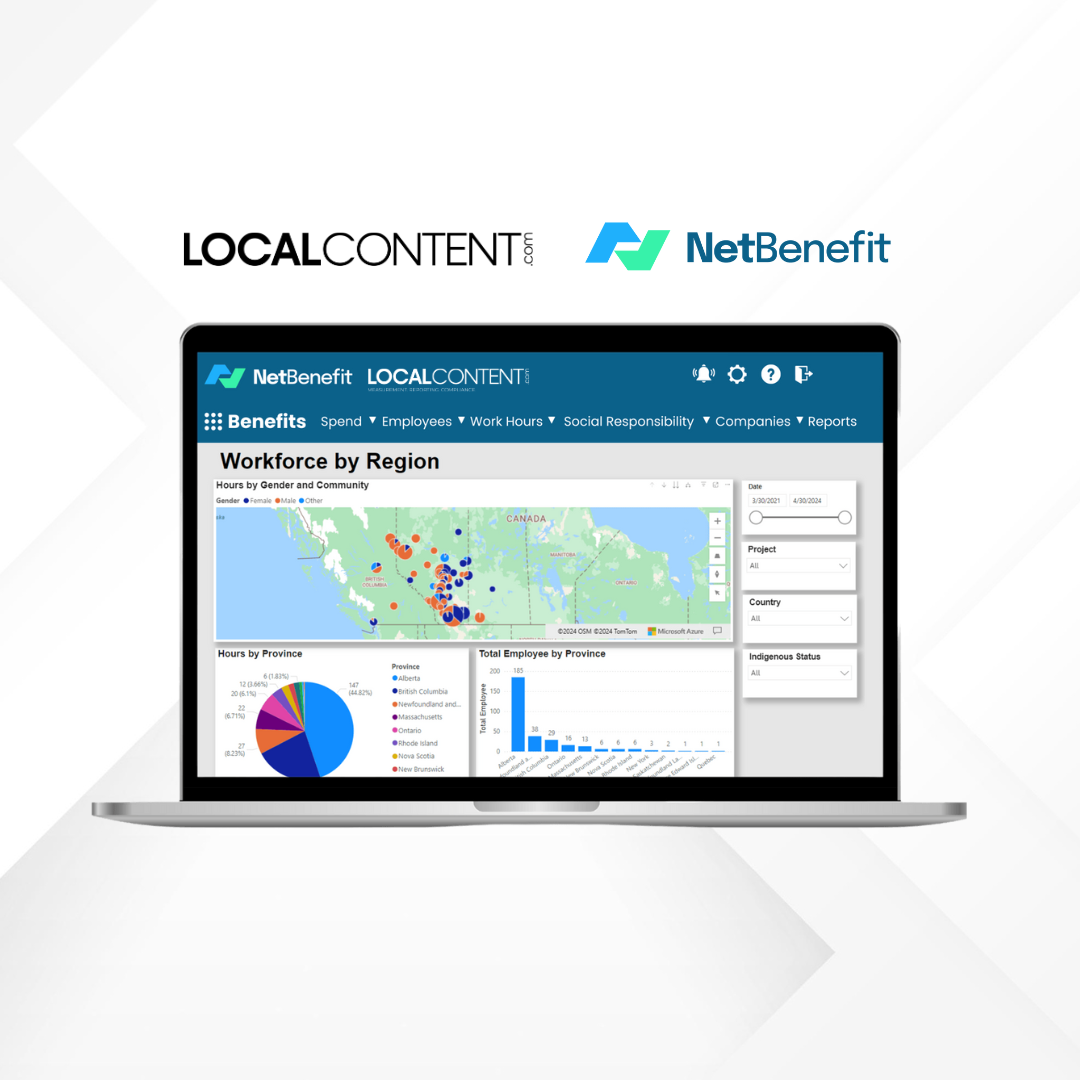Entering the world of offshore wind projects can be a game-changer for small businesses. Understanding the intricacies of the supply chain is crucial for identifying where your business can make the most impact. Understanding supply chain tiers offers clear insights to help small businesses pinpoint the best opportunities for growth and collaboration. By grasping the specific roles and needs at each tier, your business can strategically position itself to contribute effectively to these projects, opening doors to new contracts, partnerships, and resources.
Let’s dive in..
Each tier plays a unique role in bringing wind energy from the ocean to our homes and businesses. Let’s explore these tiers from 1 to 10 in relation to turbine production for today’s example.
Tier 1: Wind Turbine Manufacturers
- What They Do: These companies assemble all the components into the final wind turbines that are installed offshore.
- Examples: Siemens Gamesa, Vestas, GE Renewable Energy.
Tier 2: Component Suppliers
- What They Do: They supply the parts needed to make the wind turbines, such as blades, nacelles (the housing for the turbine’s mechanics), and towers.
- Examples: Companies making turbine blades, gearboxes, and generators.
Tier 3: Raw Material Suppliers
- What They Do: These businesses provide the basic materials like steel, fiberglass, and rare earth metals needed to create turbine components.
- Examples: Steel mills, fiberglass manufacturers, and rare earth element miners.
Tier 4: Sub-Component Suppliers
- What They Do: They produce smaller parts that are used to create the components in Tier 2, such as bolts, bearings, and electrical parts.
- Examples: Companies that make fasteners, electrical wiring, and control systems.
Tier 5: Raw Material Processors
- What They Do: They process raw materials into forms usable by component manufacturers.
- Examples: Refineries processing metals, plants producing composite materials, and chemical processors.
Tier 6: Raw Material Extractors
- What They Do: These companies extract raw materials from natural sources.
- Examples: Mining operations, oil drilling companies (for certain composites), and logging companies (for specific wood products).
Tier 7: Packaging Suppliers
- What They Do: They provide the materials and products used to package and protect turbine components during transportation.
- Examples: Manufacturers of crates, pallets, and protective wraps.
Tier 8: Ancillary Service Providers
- What They Do: These companies offer services that support the entire supply chain, such as transportation, storage, and logistics.
- Examples: Shipping companies, warehouse operators, logistics firms.
Tier 9: Support and Maintenance Providers
- What They Do: They ensure that all equipment and systems used in the supply chain function properly, providing repair and maintenance services.
- Examples: Maintenance companies, IT support services, and repair shops.
Tier 10: Recycling and Disposal Services
- What They Do: They handle the recycling and disposal of wind turbine components and materials at the end of their life cycle.
- Examples: Recycling plants, waste management companies, e-waste processors.
How It All Connects
Imagine building and operating an offshore wind farm:
- Tier 10: Recycling plants handle old turbines and components.
- Tier 9: Maintenance firms keep turbines and infrastructure in good working condition.
- Tier 8: Logistics companies transport turbine parts and materials to the installation site.
- Tier 7: Packaging companies provide protective materials for shipping components.
- Tier 6: Mining operations extract necessary metals and materials.
- Tier 5: Refineries and processors turn raw materials into usable forms.
- Tier 4: Companies produce small parts like electrical systems and bolts.
- Tier 3: Suppliers provide steel, fiberglass, and other raw materials.
- Tier 2: Factories assemble these materials into components like blades and towers.
- Tier 1: Manufacturers put together the final wind turbines and prepare them for installation.
Each tier in the offshore wind supply chain plays a critical role in transforming raw materials into operational wind farms. By understanding these tiers, small businesses can identify where they fit best and how they can contribute to this booming industry. Whether you’re providing raw materials, manufacturing components, offering logistics services, or maintaining equipment, there’s a place for your business in the offshore wind supply chain.










